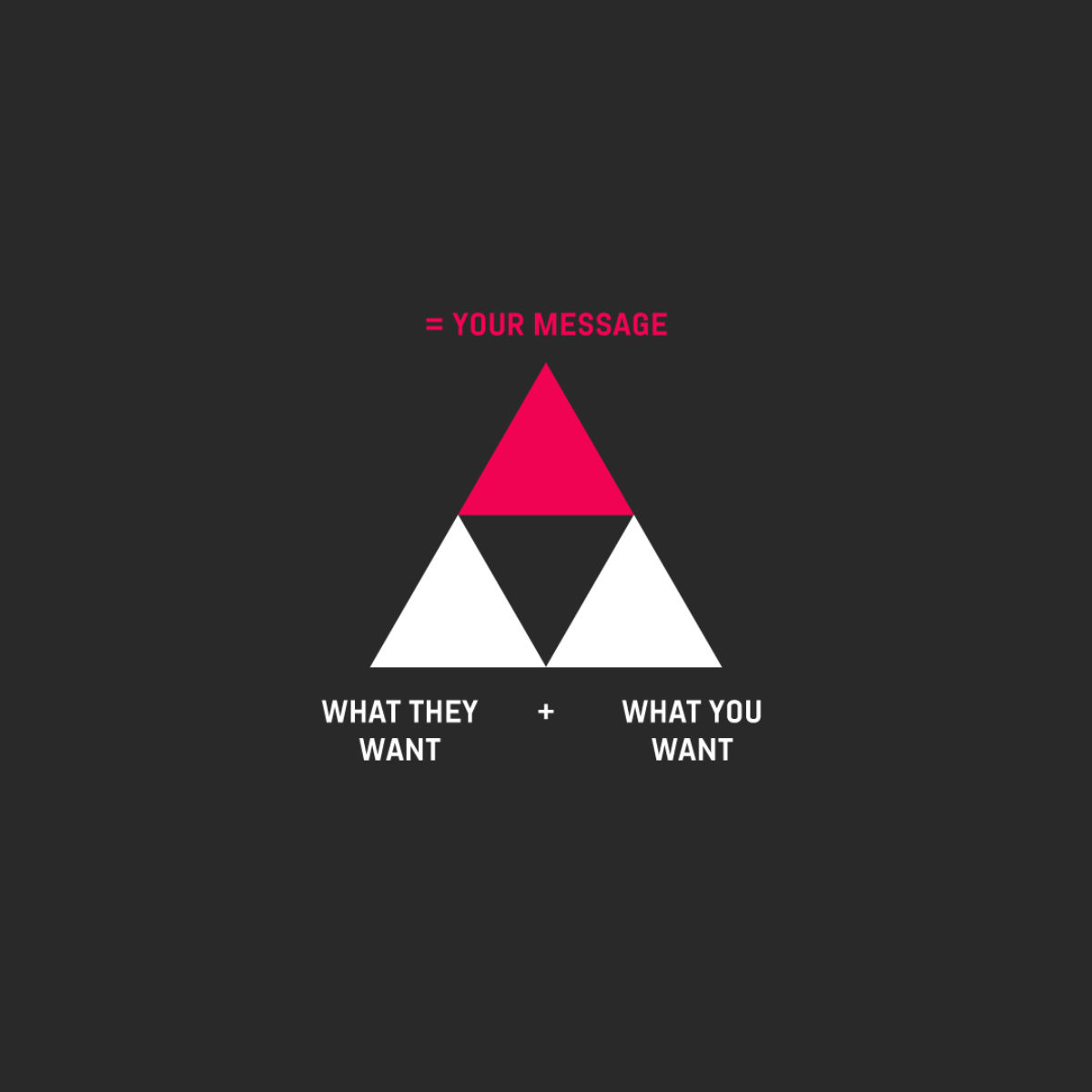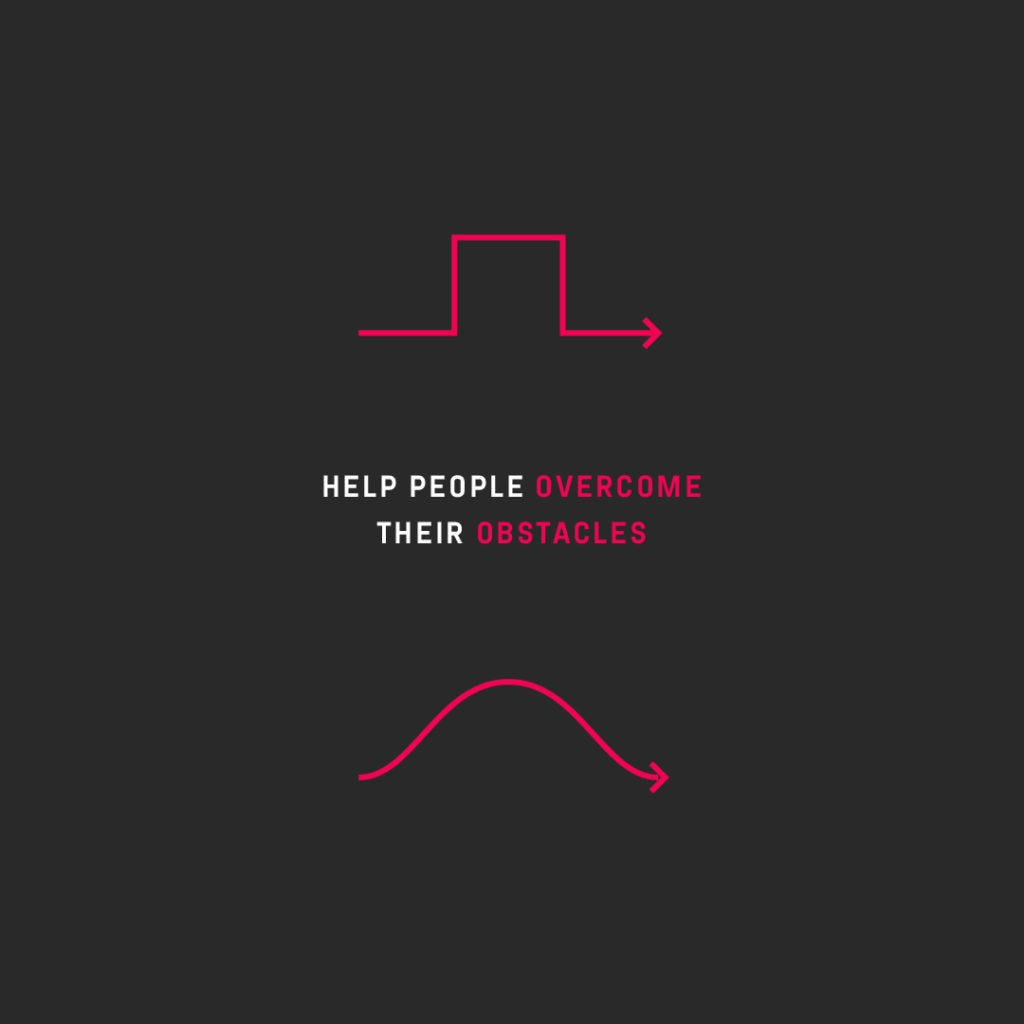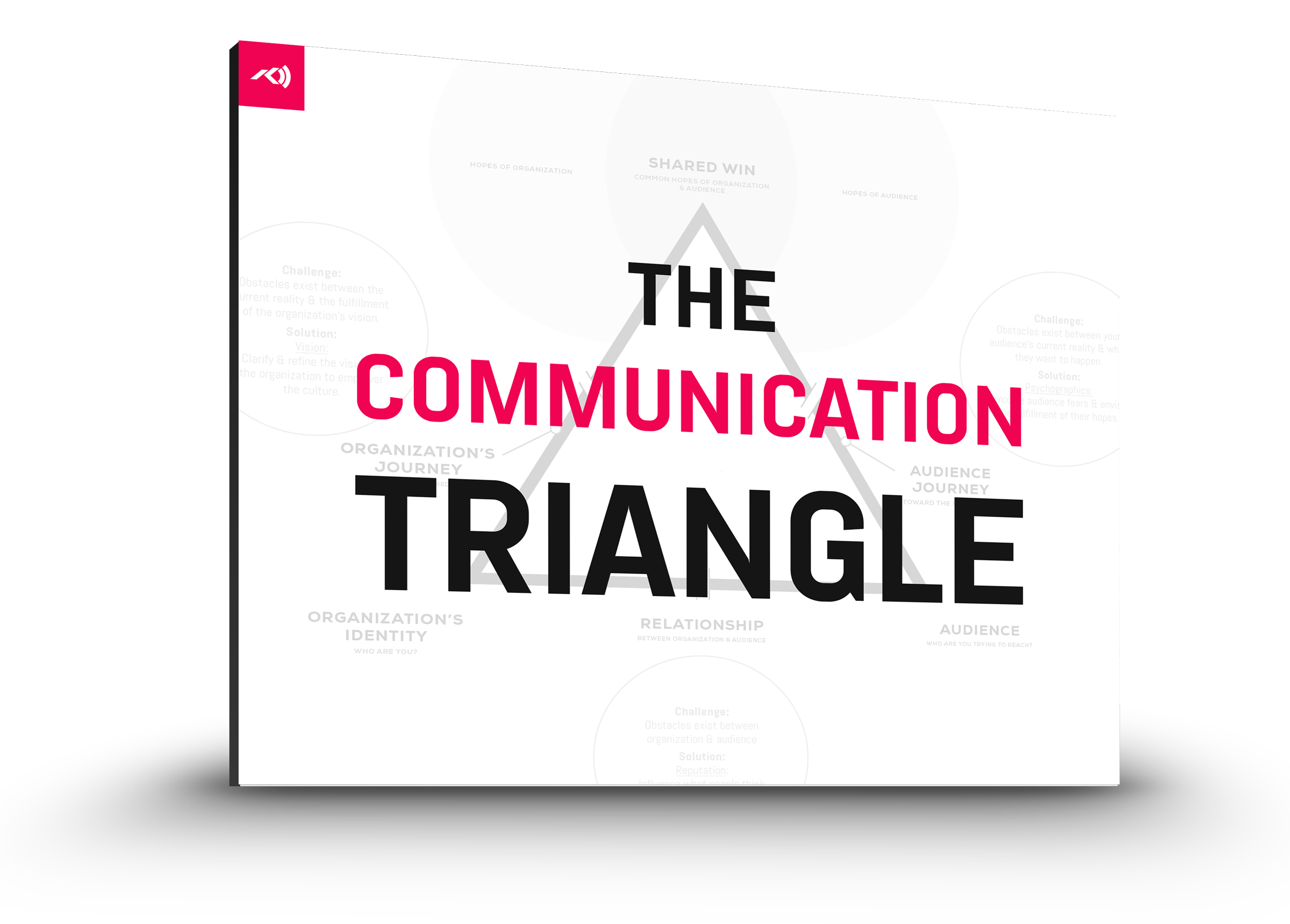What Is the Communication Triangle?
(Below is a lightly edited transcription of the above video, a conversation between ArtSpeak Creative founders Kirk Hadden and Jason Bowman.)
Kirk: Today, we want to show you a picture of communication. One that’s been helpful for us in our conversations about communication. Whether that’s a branding project, website project, any given campaign, or graphic at all, you can illustrate the challenges of any communication problem with what’s called a Communication Triangle.
We’re borrowing a lot of that Communication Triangle language from Phil Bowdle and his book Rethink Communications. It’s a great book, specifically about church communication.
But these principles apply to any communication context.







